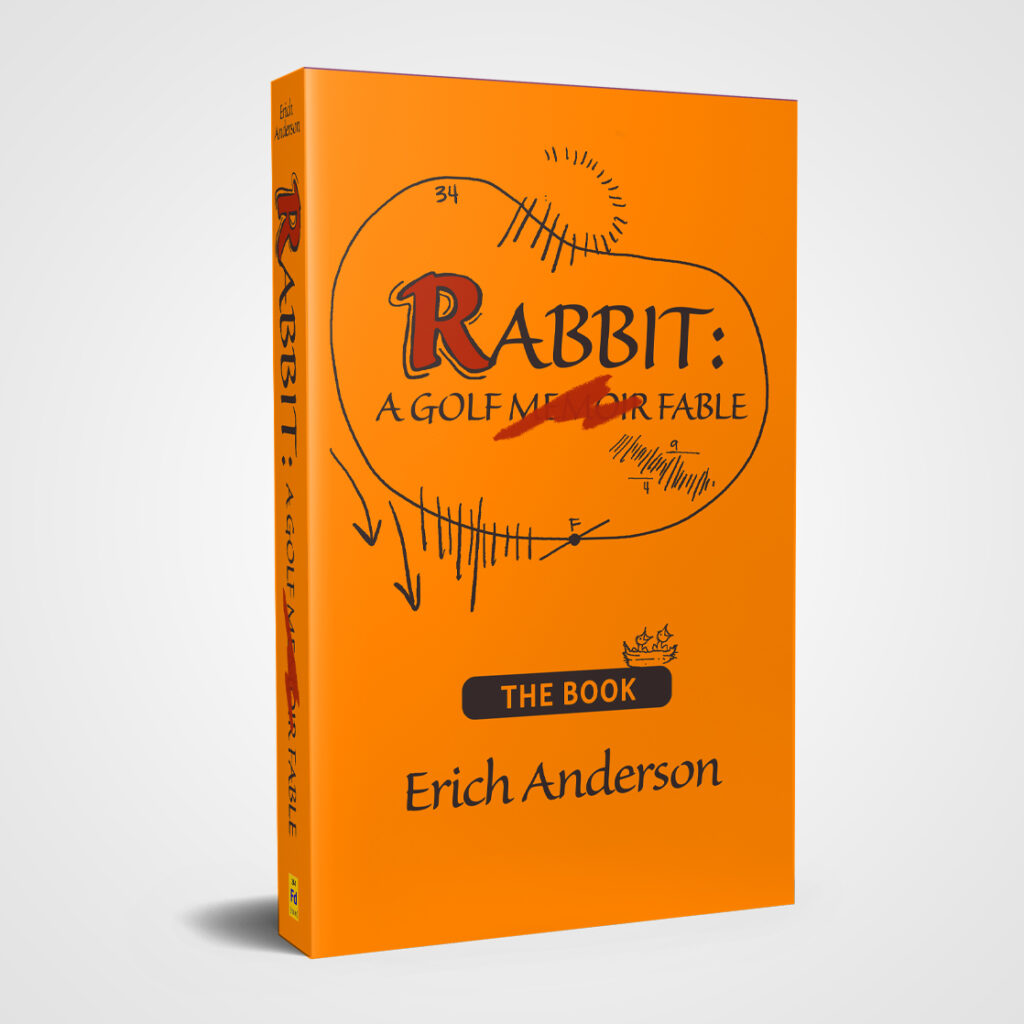
The beauty of self-publishing in print is that you have virtually complete control of your book every step of the way. After the initial costs—including professional editing (not a step you want to skip even if your mom’s an English teacher) and design—there’s no more money out of pocket. In fact if all goes well, the money will be going into your pocket.
With POD (print on demand)—meaning a book is manufactured only after a customer places on order online or at a brick and mortar store—there’s no upfront high expenditure or stress about storing inventory.
You’ll be able to track sales easily and set up direct deposit so all your royalties go directly into your bank account, leaving you the time to work on your next book.
If there’s a con to self-publishing, it’s that you do need to be pretty tech savvy. It means opening a lot of different accounts, remembering passwords (one of the most consistent issues I run into!), and navigating each website’s interface. Some are pretty straightforward; others, well…don’t get me started.
So, yes, you can self-publish by following the steps below, but I can tell you from experience, it’s a steep learning curve. The advantage of working with me, is that I’ve already made all the mistakes I promise you’ll make along the way and learned from them. I will make everything as easy as possible for you through design, production, and distribution.
Below is a brief outline of the process and the steps I will manage.
taking care of business
Copyright
I am not a lawyer. But it is my understanding that your work falls under copyright protection whether or not you file a claim with the copyright office. It’s ultimately up to you.
ISBN
This is your book’s unique identifier. Kind of like its social security number. Every paperback and hardcover must have one. Bowker has the exclusive right to sell them in the U.S. They’re $125. Bowker will offer to sell you a barcode too, but don’t buy it. Your distributors will provide one at no cost.
PCN
A Library of Congress catalog control number is a unique identification number that the Library of Congress assigns to the catalog record created for each book in its cataloged collections. Librarians use it to locate a specific Library of Congress catalog record in the national databases and to order catalog cards from the Library of Congress or from commercial suppliers.
(source: https://www.loc.gov/publish/pcn/)
PCIP
If you want libraries to stock your book I recommend engaging an agency to create a PCIP (Publisher’s Cataloging-in-Publication) block for your copyright page. This helps librarians know where to place your book which makes their job easier, and hopefully, your book more of an attractive purchase. Many libraries won’t carry self-published books. A missing PCIP is one reason why.
design
Table of Contents
Will your book have a dedication, foreword, acknowledgments, biography, author photo?
Description
You’ll need something alluring for your book’s sales page and the back of the jacket. This is your elevator pitch. It can make a break a sale.
Style choices
Things to think about: dimensions, font, chapter headings and subheadings, page headers and footers, section dividers, drop caps, small caps, leading, and kerning. I’ll take care of all of this. Don’t worry.
Cover
It’s a good idea to have the front cover as early in the process as possible, but the final jacket can’t be finished until the interior layout is done. Hot tip: Make sure the design looks good as a thumbnail. This is how many buyers will see your cover—not the size of your computer screen.
print and distribution
KDP / Amazon
The 800-pound gorilla. KDP prints your book and sells it on Amazon worldwide. If you use their free ISBN they will be listed as your publisher (and they will make your book available to all booksellers at a lower royalty rate). If you want to reach a broad audience and be more independent, I recommend buying your own ISBN.
IngramSpark
IngramSpark also prints and distributes worldwide…to libraries, big box stores, independent bookstores, etc. Basically everywhere but Amazon. Your royalty rate will be lower than on KDP as they split the net profits with retailers.
then what?
Sales & Royalties
Both KDP and IngramSpark will send you monthly sales and payment details. You can also log into your accounts at any time.
Need more information? You can send me a message here: